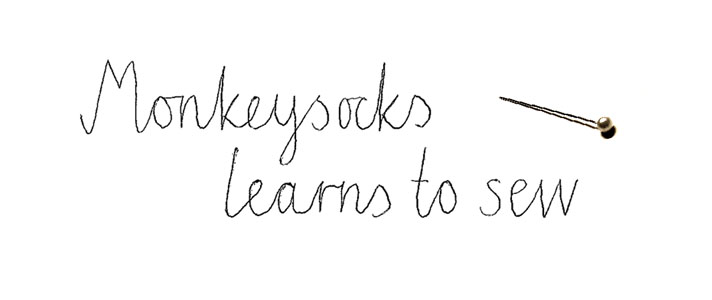Along with everyone else with a sewing machine I've been trying (and not entirely succeeding) to make some nice presents for people. Frankly the whole thing has become slightly nightmarish due to the horrendous speed up of time round Christmas! Still, a few things have been made. First up, a picnic rug that folds up into its own bag for my brother and his girlfriend. They love getting out to castles in Scotland at the weekend so I thought a picnic set would be useful.
I based it heavily on the tutorial put up by
Wendy , but made it bigger (good decision) and decided to make one side vinyl so that it would be waterproof (not so good decision). Turns out, vinyl is a bugger to work with!
I went with two different checks, and I am very pleased with the jolliness of the end result, if not the construction quality. Due to the vinyl I modified the method to lap the vinyl over the edges rather than turn everything inside out. I also added an extra bag piece (in the tute one side of the bag is the blanket but I wanted a separate section to put picnic goodies inside without everything getting wet and muddy). Because of this I ended up attaching the bag to the top of the blanket rather than the bottom as otherwise the bag would be underneath the vinyl. All this worked well enough, the only issue was sewing the vinyl itself.
I had worried about water seeping through on the sticking lines but frankly this became the least of my worries. During this project I learned several key lessons for working with vinyl
1) use the longest stitch length you can and check the tension. The stuff rips really readily along the seam lines and any back and forth just ends up cutting the fabric. I also ended up with lots of knots at the back as there is no play at all with the tension (It did however work much better when I'd changed it)
2) don't rely on your feed dogs at all. The vinyl sticks to your machine and gets weighed down, so you have to feed it through with your hands all the time otherwise you end up getting stuck and cutting the fabric (see point 1)

3) prop all your fabric up at a level with the sewing machine and keep it really straight. I kept going wonky and getting stuck as the fabric was so stiff and heavy and once you've gone wonky its pretty much impossible to correct, and looks really rubbish.
4) check your thread all the time. Due to problem 1, any kind of repeated sewing is a serious error, so if your thread snaps you've got a problem.
Due to these issues, there are several places which James and Hannah may have to mend with sticky tape. STICKY TAPE! what a fail. never mind, it looked really nice, and they seemed to like it and that's the main thing!
























